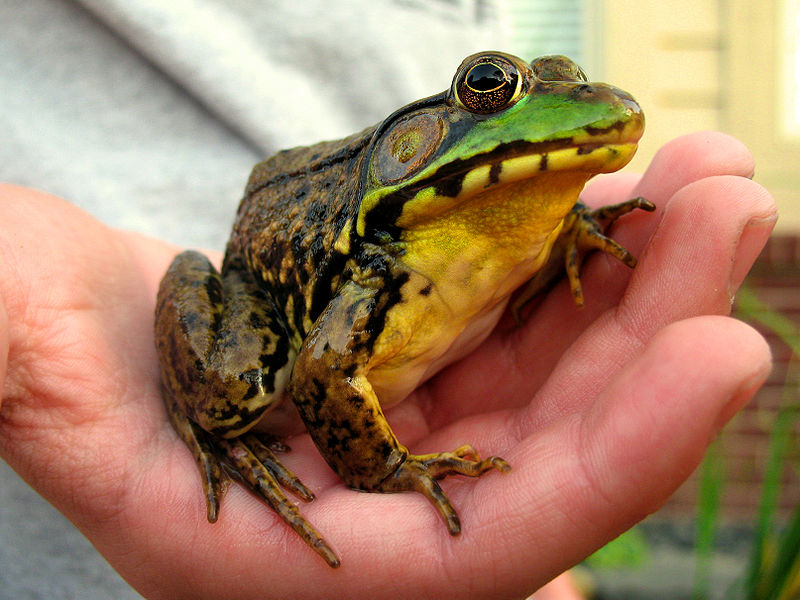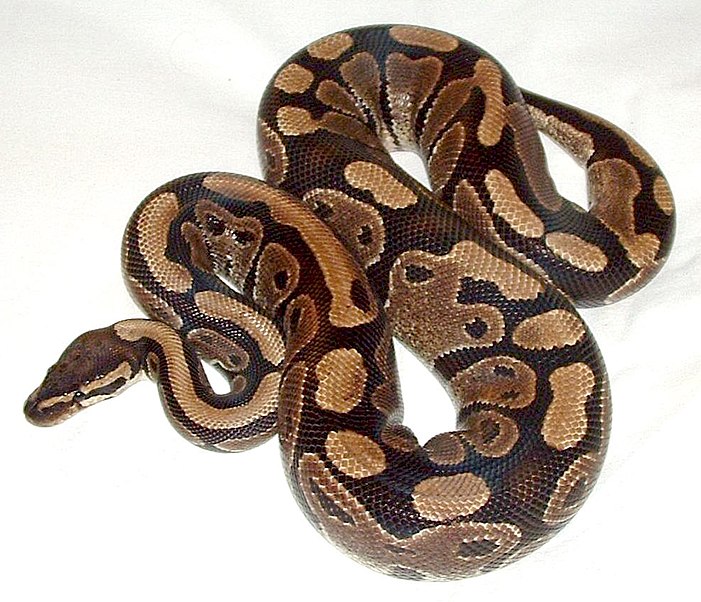
Green Frogs (Lithobates/Rana clamitans) and their tadpoles are often the first species to be collected by curious children exploring the great outdoors. They make hardy and interesting pets – so much so that experienced herp-keepers, myself included, often make room for a pair in their collections. Overlooking this fascinating frog because it is so common is a big mistake! Today I’d like to provide a short introduction, followed by care and natural history details next time. Read More »
New Edition of Newts and Salamanders, A Complete Pet Owner’s Manual, is Published
 I’ve recently finished writing a revision of my 1997 book Newts and Salamanders and would like to introduce it here and to thank everyone for their past support and kind comments.
I’ve recently finished writing a revision of my 1997 book Newts and Salamanders and would like to introduce it here and to thank everyone for their past support and kind comments.
Care and Natural History
Although technically a captive care manual, I’ve included a great deal of natural history information garnered from a lifetime of working with amphibians as well as research updates from technical and popular journals. Captive breeding is stressed, with specific advice given for each species covered. Read More »
“Help! My Ball Python Won’t Eat” – The Troublesome Habits of a Popular Snake – Part 1

Spiny-Tailed Agamids – the Fascinating Lizards of the Genus Uromastyx -Part 2
Please see Part I of this article for information on the natural history of the Spiny-Tailed Agamids (also know as Dabb Lizards or Mastigures).
Tempting, but….

The Natural History of the Leopard Tortoise – Part 1
The Leopard Tortoise Stigmochelys (formerly Geochelone) pardalis, stands out in both attractiveness and personality among a group of reptiles well known for possessing both attributes. Although among the most responsive of reptile pets, their very specific husbandry needs must be met if they are to thrive. An understanding of the Leopard Tortoise’s natural habitat and habits is very useful in helping to keep and breed them in captivity (please see Part II). Read More »
 That Reptile Blog – Reptile, Amphibian and Exotic Pet Care and Information
That Reptile Blog – Reptile, Amphibian and Exotic Pet Care and Information
